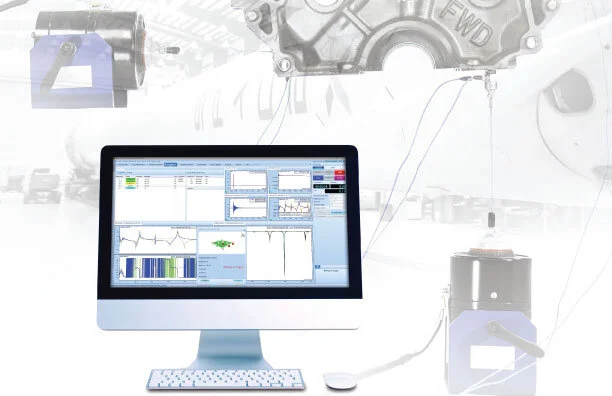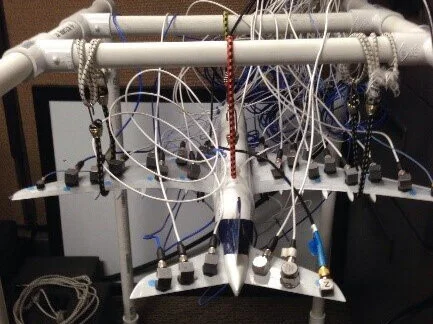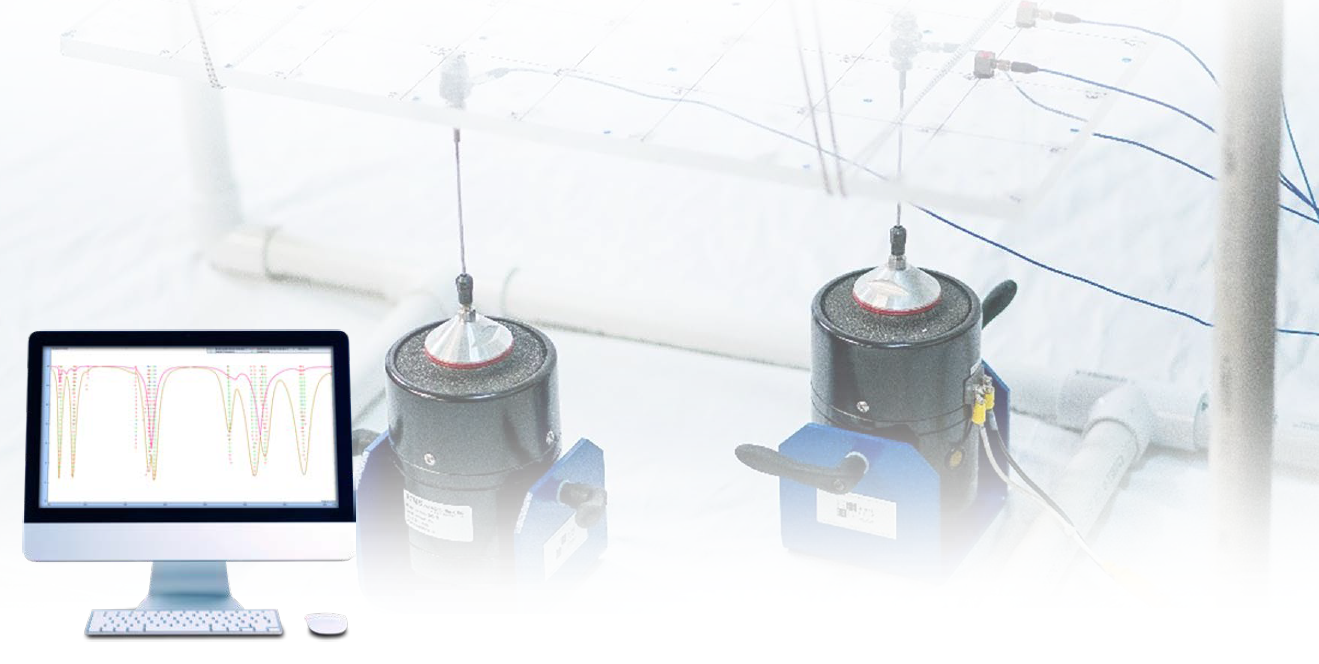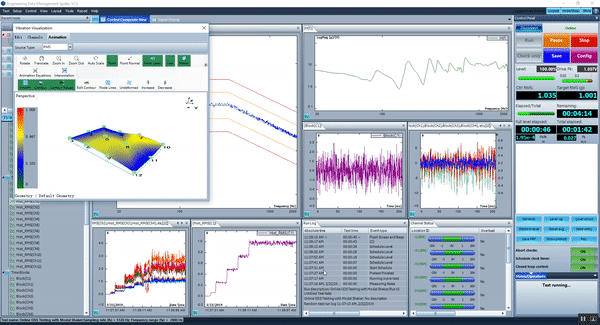Featuring the highest sampling rate provided in the industry at 256 kHz. Handheld battery powered system with wired & wireless network options and 20V input range. Sync between multiple devices. Choose the convenient portable model or industrial model for permanent mounting.
The Spider-20H, Spider-20HE, and Spider-20i received a hardware upgrade to support an impressive 256 kHz samping rate on all 4 input channels. It is the highest sampling rate offered in the market of compact analyzers. The high sampling rate is especially beneficial for measuring high orders and transient capture in blast tests, pyroshock events, drop shock tests, crash tests, etc.
In addition to the high samping rate, the input range is expanded to 20V to capture larger signals.
Read More











